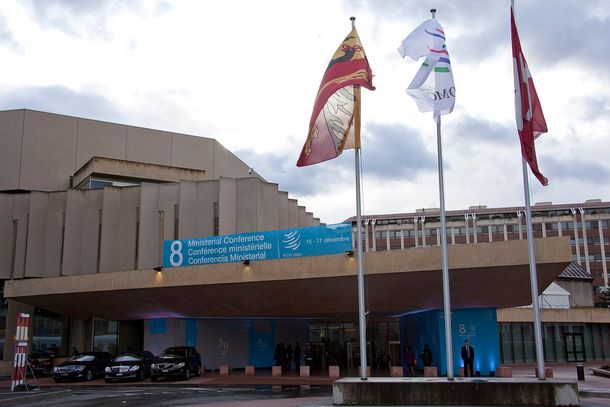A New EU-China Patent Dispute Could Impact European Innovation

The European Union (EU) has filed a complaint with the World Trade Organization (WTO) against China, accusing it of undermining European intellectual property (IP) rights. The dispute centres on China’s courts unilaterally setting global royalty rates for European patents without the consent of the patent owners. This practice threatens to weaken European innovators in the global marketplace while giving Chinese manufacturers an unfair adventage.
China’s Global Patent Rate Practices Explained
The dispute focuses on standard essential patents (SEPs), which protect technologies vital to international standards, like 5G for mobile devices. SEPs are essential because they allow different devices and systems to work seamlessly.
The EU is dissatisfied that Chinese courts have started setting global licensing fees for SEPs (Standard Essential Patents) owned by European companies, such as Nokia and Ericsson, without consulting the patent holders. Chinese courts are setting these fees lower than the actual value of the patents, allowing Chinese manufacturers to access European technologies at a lower cost than their foreign competitors. This practice forces European patent owners to reduce their fees on a global scale, negatively impacting their revenues.
Why This Case Matters for Global Innovation
Patents are the backbone of innovation, ensuring that creators are rewarded for their work and encouraged to keep innovating. When one country’s practices undermine these rights, it creates a ripple effect, discouraging investment in new technologies.
The EU also argues that these unfair practices distort global competition. By allowing Chinese companies to access advanced European technology at reduced costs, China creates an uneven playing field that could stifle growth in key industries like telecommunications and beyond.
The Potential Outcomes of the WTO Complaint
By filing a complaint, the EU has officially initiated a dispute resolution process. The next step involves consultations between the EU and China, giving both parties 60 days to reach an agreement. If no solution is found, the case will be referred to a WTO panel, which can issue a decision in approximately 12 months.
This dispute is closely linked to another case from 2022, when the EU challenged China’s “anti-suit injunctions” – measures that prevent patent holders from enforcing their rights in courts outside of China under the threat of heavy fines.
An anti-suit injunction is a legal tool used by courts in certain countries to block the filing of lawsuits in other jurisdictions if such actions could negatively impact the ongoing legal dispute. In the context of patents, this means, for example, that Chinese courts can prohibit companies from filing lawsuits in other countries (e.g., in Europe or the U.S.) for patent infringements registered in their jurisdictions.
This tool restricts the freedom of businesses to defend their rights in other countries and can result in patent infringers avoiding accountability if the dispute is decided by Chinese courts. A decision in this case is expected soon and may influence the current dispute.
Protecting Your Own Intellectual Property
This high-profile dispute highlights the challenges of protecting intellectual property in a global market. If you are an innovator, entrepreneur, or business owner, navigating these complexities can be daunting.
At KOREJZOVA LEGAL, we specialize in helping clients safeguard their innovations and enforce their rights, even in challenging international cases. Contact us today to discuss how we can protect your business and secure your competitive edge.
Source: Blenkinsop, Philip, et al. „EU Takes China to WTO over High-Tech Patent Royalties". Reuters, 20. leden 2025. www.reuters.com, https://www.reuters.com/markets/eu-takes-china-wto-over-high-tech-patent-royalties-2025-01-20/.
Photo: United States Mission Geneva, CC BY 2.0 <https://creativecommons.org/licenses/by/2.0>, via Wikimedia Commons